Morus alba Trees ‘Mulberry Tree’
Morus alba Mulberry fruit trees are very fast growing trees. It can reach up to the height of 10feet in a single year. Its leaves are used to feed the silk-worms. It is a fast growing tree which grows in small to medium size. It reaches up to 10-20 m tall. It is commonly known as white mulberry, Russian mulberry and silkworm mulberry. Locally it is known as Toot. Morua alba has various synonyms Morus alba f. tatarica, Morus alba var. constantinopolitana, Morus alba var. multicaulis, Morus indica and Morus multicaulis. It is generally short lived as compared to that of humans. Some species of Morus alba are over 250 years old. Morus alba is native to Northern China, Australia, Kyrgyzstan, Argentina, Turkey and Iran. Their trees are notable for the rapid release of pollen and ripen berries are ripen.
Morus alba Overview
Morus alba is a small to medium tree growing up to 15 m with a short trunk and spreading branches. The trees are usually deciduous in temperate regions while they are evergreen in tropical regions.
Morus alba tree bark is light brown to grey and smooth. The leaves are up to 30 cm long and deeply lobed. The leaves of older leaves are generally 5-15 cm long and cordate at base. They are rounded to acuminate at tip and serrated at margins. The flowers are monoecious that means they are either male or female. Their flowers are produced in Catkin appearance. Male catkins are 2-3.5 cm long while female catkins are 1-2 cm long. The fruit is 1-1.5 cm long and deep purple in colour when grow as wild, but when they are cultivated their colour varies from pink to white. Their fruit is sweet but red mulberry and black mulberry have more intense flavor. The seeds of fruits are widely spread in droppings of birds that eat the fruits.
Varieties or Cultivars of Morus alba Trees
There are two varieties of Morus alba are recognized
-
Morus alba var. alba
Morus alba var. alba leaf blade is 5-15 cm and fruits are ovoid to ellipsoid in shape. Their fruits are blackish purple in colour.
-
Morus alba var. multicaulis
Morus alba var. multicaulis leaf blade is less than 30 cm and fruits are cylindrical in shape. Their fruits are greenish-white to purple in colour.
Hybridization of Morus alba Trees
Morus alba trees are hybridized in North America with locally grown red mulberry (Morus rubra).
Propagation of Morus alba Trees
Morus alba trees are propagated through seeds, cutting and grafting.
- Morus alba seeds needs cold stratification of 2 to 3 months. Then the seeds are sown as soon as it ripen. They germinates in fist spring but also take 12 month for germination. An expected germination rate of 73% to 84% in 8 to 12 days following 60-day stratification in sand As the seedlings sprout out and become enough to handle (10-15 cm tall), then transfer to individual pots. The seedlings should be planted outdoors only in late spring or early spring seasons.
- Cuttings of Morus alba are obtained from exhausted branches. These branches are cut into pieces up to 22-30 cm long that contain 3 buds and planted immediately. Cuttings of roots grows quickly if irrigated properly and reaches a height of 75 cm in 6 weeks.
- Root grafting is usually practiced in some countries. Stocks of seedlings are selected from high yield plants. Root cuttings are planted in furrows and pits about 30 cm in diameter and 22 cm deep. Usually 3 cuttings are put in each pit and watered. Grafted plants develop a better root system than those of cuttings or layering.
Germination of Morus alba Trees in Greenhouse
Morus alba shows high germination rate (92.3%) in greenhouse where seeds were exposed to indirect sunlight and fluctuating temperatures.
How to take care of Morus alba Trees
Morus alba trees are mostly pest tolerant. They can grow variety of soil but prefer warm and well-drained loamy soil. They also need a sunny position. Trees are usually wind resistance but branches cannot tolerate maritime exposure. They have brittle roots, so seedlings are handled with care when planting out. Pruning should be done in winter when the plant is fully dormant. Plant tolerate heat in zone 8 but suffer heat damage when temperature c limbs up to 30˚C.
Morus alba Tree Seed Production
Morus alba trees produces an average of 22.5 seeds/fruits. The fruits remained on trees about 3 days. The fruits are eaten and dispersed by animals including birds, squirrels, raccoons and other mammals.
Uses of Morus alba Trees
Morus alba trees are extensively planted throughout warm temperate world. It is grown in India, Afghanistan, Iran and Southern Europe over thousand years for leaves to feed silkworms. These leaves are also collected for livestock in areas where dry seasons restrict ground vegetation. They are also used to prepared tea. The fruits are also eaten both in fresh and dried form. It is used as an ornamental tree and shade purposes.

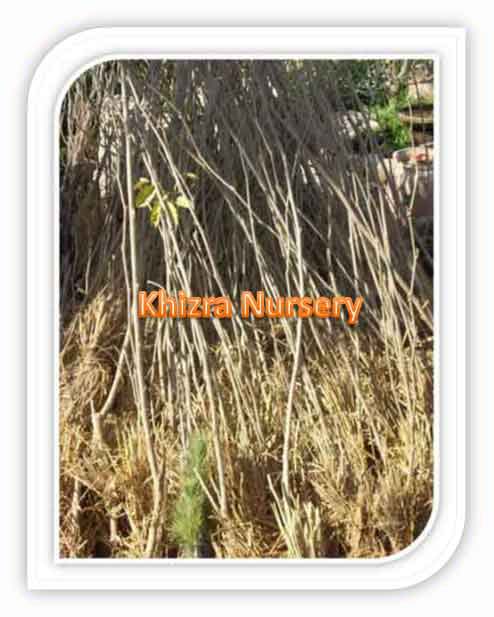







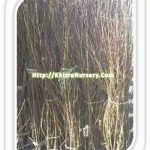
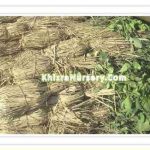
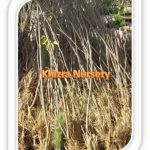






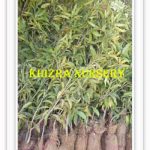

Reviews
There are no reviews yet.